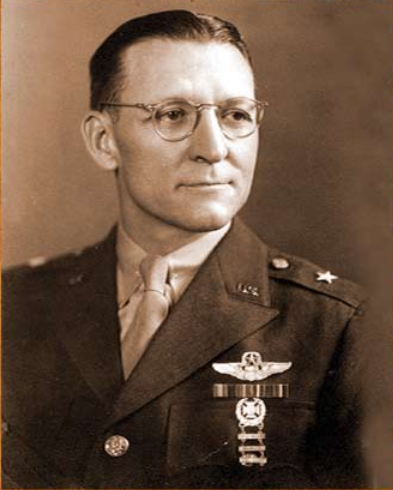
MEDAL OF HONOR
KENNETH N. WALKER (Air Mission)
Rank and organization: Brigadier General, U.S. Army Air Corps, Commander of V Bomber Command.
Place and date: Rabaul, New Britain, 5 January 1943.
Entered service at: Colorado.
Birth: Cerrillos, New Mexico
G.O. No.: 13, 11 March 1943.
Citation:
For conspicuous leadership above and beyond the call of duty involving personal valor and intrepidity at an extreme hazard to life. As commander of the 5th Bomber Command during the period from 5 September 1942, to 5 January 1943, Brig. Gen. Walker repeatedly accompanied his units on bombing missions deep into enemy-held territory. From the lessons personally gained under combat conditions, he developed a highly efficient technique for bombing when opposed by enemy fighter airplanes and by antiaircraft fire. On 5 January 1943, in the face of extremely heavy antiaircraft fire and determined opposition by enemy fighters, he led an effective daylight bombing attack against shipping in the harbor at Rabaul, New Britain, which resulted in direct hits on 9 enemy vessels. During this action his airplane was disabled and forced down by the attack of an overwhelming number of enemy fighters.
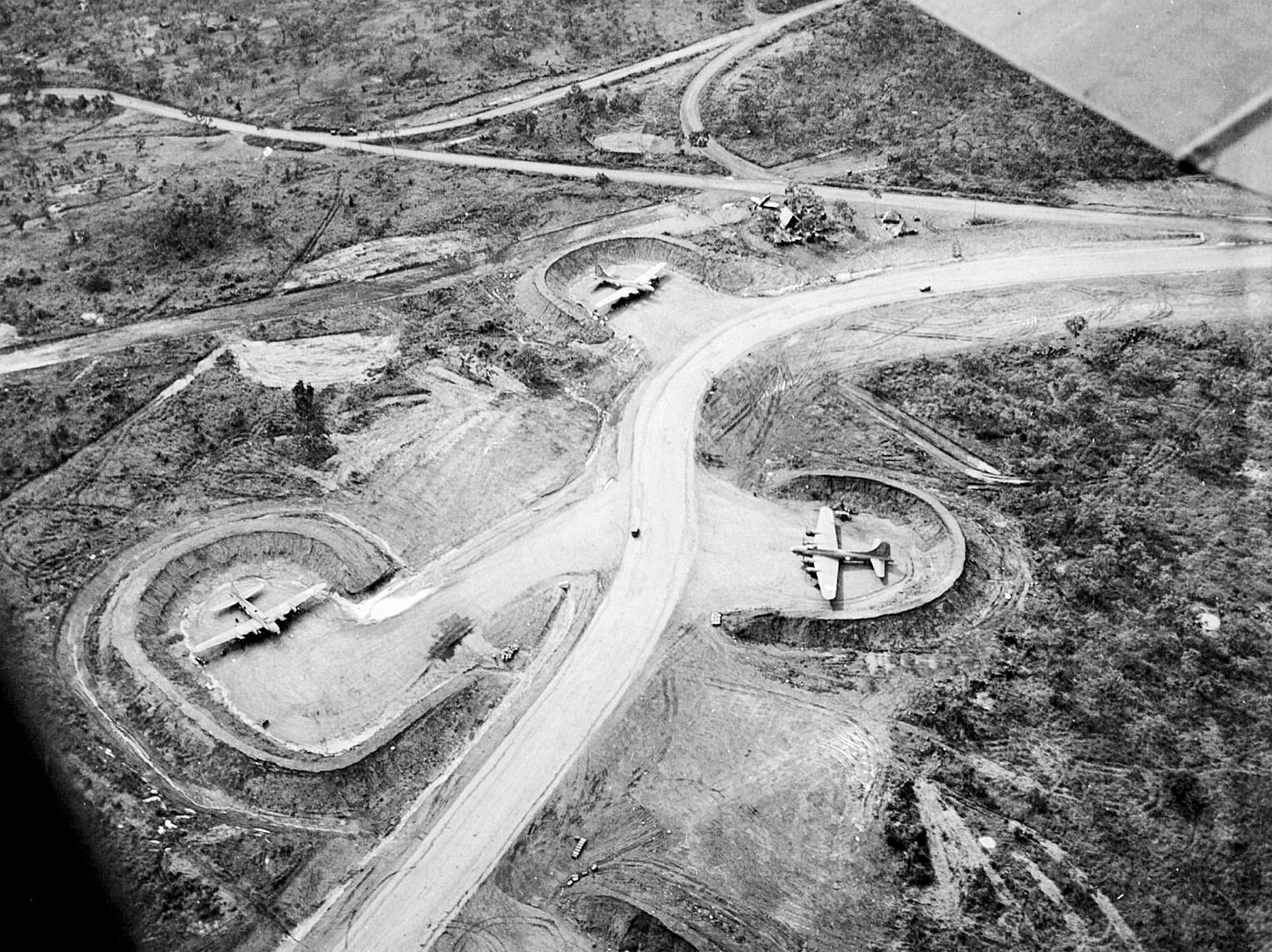
On the morning of 5 January 1943, six Boeing B-17 Flying Fortress and six Consolidated B-24 Liberator heavy bombers departed 7 Mile Drome, an airfield near Port Moresby at the eastern end of the island of New Guinea. Their mission was to attack an enemy shipping convoy believed to be approaching the Japanese military base at Rabaul on the neighboring island of New Britain.
Leading the attack force was B-17 41-24458, San Antonio Rose, flown by Major Allen Lindberg, commanding officer, 64th Bombardment Squadron (Heavy) and Captain Benton Hayes Daniel, Jr. Also on board as observers were Lieutenant Colonel Jack Bleasdale, the executive officer of the 43rd Bombardment Group (Heavy), and Brigadier General Kenneth Newton Walker, commanding general, V Bomber Command, Fifth Air Force. There were a total of 11 airmen on board.¹
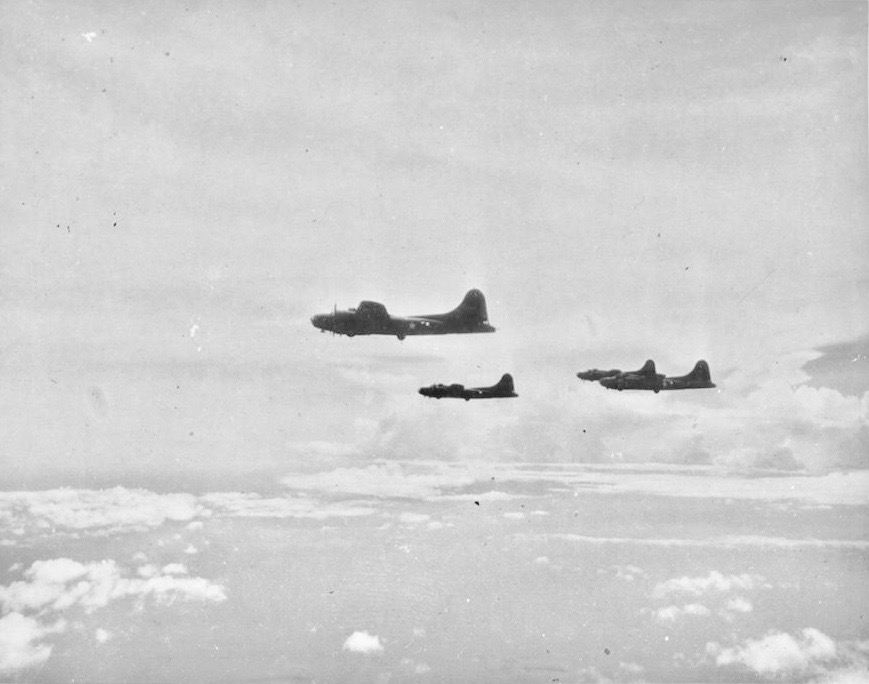
The bombers arrived over Rabaul at 8,500 feet (2,591 meters) at 12:00 p.m., local time, and the formation broke up to make individual attacks against the ships in the harbor. Anti-aircraft artillery fire was light and ineffective. The bomber crews claimed several ships sunk and damaged.²
As the bombing force left the target, it was attacked by enemy fighter aircraft, which were described as Mitsubishi A6M Navy Type 0 (Allied reporting name, “Zeke,” but best known as the “Zero”) or Nakajima Ki-43 Army Type 1 Fighters (the Hayabusa, Allied reporting name, “Oscar”).
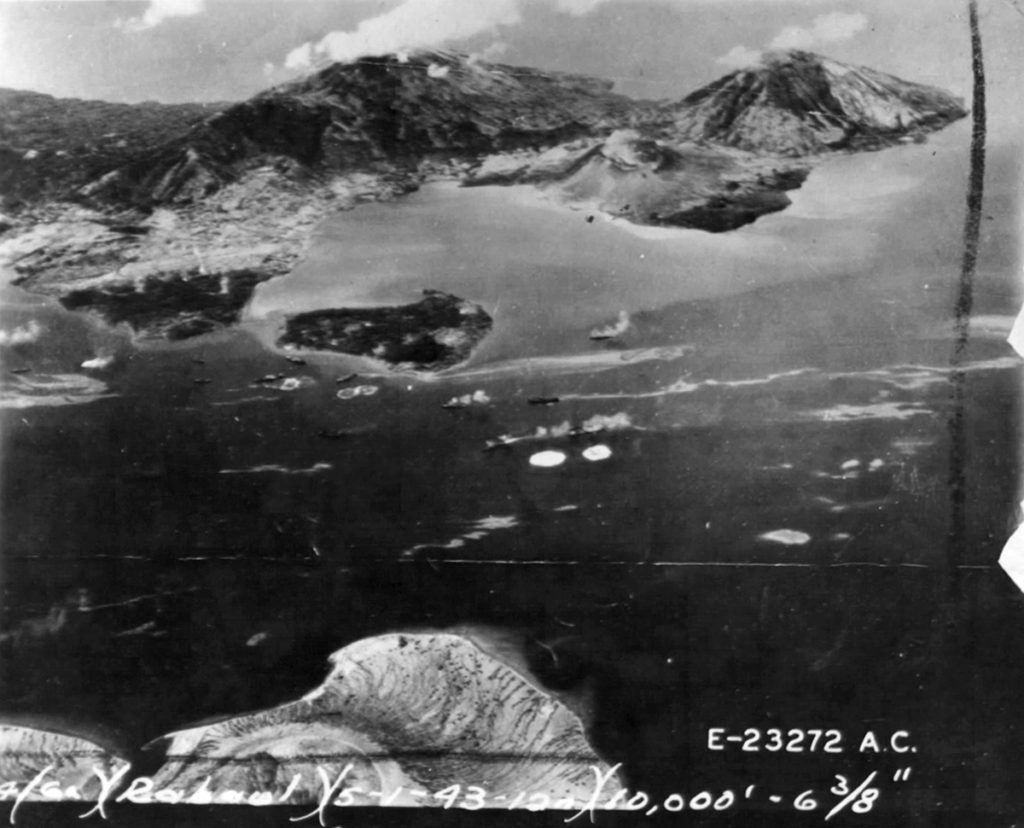
One of the B-24s had been badly damaged and diverted to Milne Bay. Four of the five B-17s which returned to Port Moreseby were damaged.
San Antonio Rose, the B-17 carrying General Walker, was seen trailing smoke and diving through clouds. A Fifth Air Force message stated, “Later B-17 was observed heading south just east of Vunakanau [10 miles (16 kilometers) south-southwest of Rabaul] at about 5,000 feet, left outboard engine smoking but later appeared alright, was being closely pursued by four to five Zekes and last seen going into clouds.” A Japanese fighter pilot wrote that the B-17 was seen flying to the south, about 25 miles south of Rabaul. It was not seen again.
San Antonio Rose and its crew never returned from the mission. Searches over the next several days were unsuccessful. The 11 airmen were listed as Missing in Action.³
On 12 December 1945, the crew of San Antonio Rose were reclassified as Killed in Action.
An 8 minute, 34 second, film of the 5 January 1943 mission from the National Archives and Records Administration is available on YouTube:
Kenneth Newton Walker was born 17 July 1898 at Los Cerrillos, a tiny community along the “Turquoise Trail” in the Territory of New Mexico. He was the son of Wallace Walker and Emma Helen Overturf Walker. His father abandoned them when he was very young. Mrs Walker took Kenneth to Denver, Colorado, and later to Kansas City, where he attended Central High School. He graduated from the Omaha High School of Commerce in Omaha, Nebraska in 1915. Ken Walker studied business through a college extension course.
The United States entered World War I on 6 April, 1917. Ten months later, 10 December 1917, Kenneth Newton Walker enlisted in the Signal Enlisted Reserve Corps, United States Army, at Denver, Colorado. Walker was 5 feet, 8 inches (1.73 meters) tall, with a high forehead and ruddy complexion. He had brown hair and green eyes.
Walker was promoted to private first class, Aviation Section, Sig. E.R.C., 7 March 1918. Pfc. Walker was then assigned to the University of California School of Military Aeronautics, and in June 1918, he began flight training at the Air Service Flying School, Mather Field, near Sacramento, California. On completion of his flight training, Pfc. Walker was discharged from his enlistment, effective 1 November 1918, to accept a commission as a second lieutenant, Aviation Section, Signal Corps, United States Army, the following day.
2nd Lieutenant Walker was sent to Brooks Field at San Antonio, Texas, where he trained as a flight instructor. He was then assigned to Barron Field, south of Fort Worth, Texas. In 1919, Walker was reassigned to Post Field at Fort Sill, Oklahoma.
Under the National Defense Act of 1920, the Aviation Section became the Air Service, a distinct combatant branch of the Army, and was no longer a part of the Signal Corps. This resulted in changes in officers’ commissions.
2nd Lieutenant Walker’s commission was vacated on 15 September 1920. Retroactively, he received a commission as a 2nd Lieutenant, Air Service, United States Army, effective 1 July 1920, and was promoted to 1st lieutenant with the same date of effect. The new commission was accepted 15 September 1920. His rank as 1st lieutenant was accepted 13 April 1921.
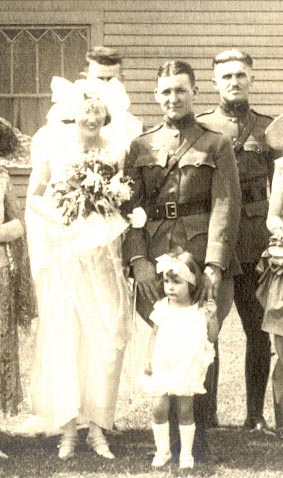
2nd Lieutenant Walker married Miss Marguerite Potter, 28 September 1922. The ceremony was performed by Rev. H. Leach Hoover at St. Andrew’s Church, Lawton, Nebraska. The Walkers would have two sons: Kenneth Newton Walker, Jr., born in 1927, and Douglas Potter Walker, born in 1933.
Also in 1922, Lieutenant Walker graduated from the Air Service Observation School, as a qualified aerial observer. On 15 December 1922, Walker was discharged as a 1st lieutenant, A.S., U.S.A., and appointed a 2nd lieutenant.
Lieutenant Walker was assigned to Nichols Field, south of Manila on the island of Luzon, in the Philippine Islands. He was once again promoted to 1st lieutenant, 24 July 1924.
1929, Air Corps Tactical School, Langley Field, 1929; faculty, senior instructor
1934 Divorce
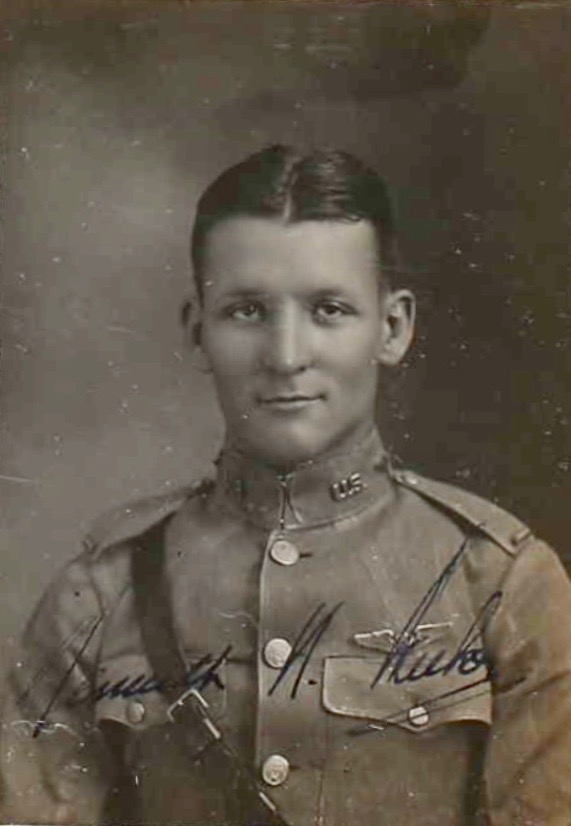
On 18 August 1934, Lieutenant Walker married Ms. Juliet G. Wimberly in Madison County, Alabama. This was the second marriage for both. A second wedding ceremony took place in Franklin County, Tennessee, 8 September 1934, officiated by L.J. Sisk, Justice of the Peace. They would have one son, John W. Walker. This marriage ended in divorce at Reno, Nevada, in February 1940.
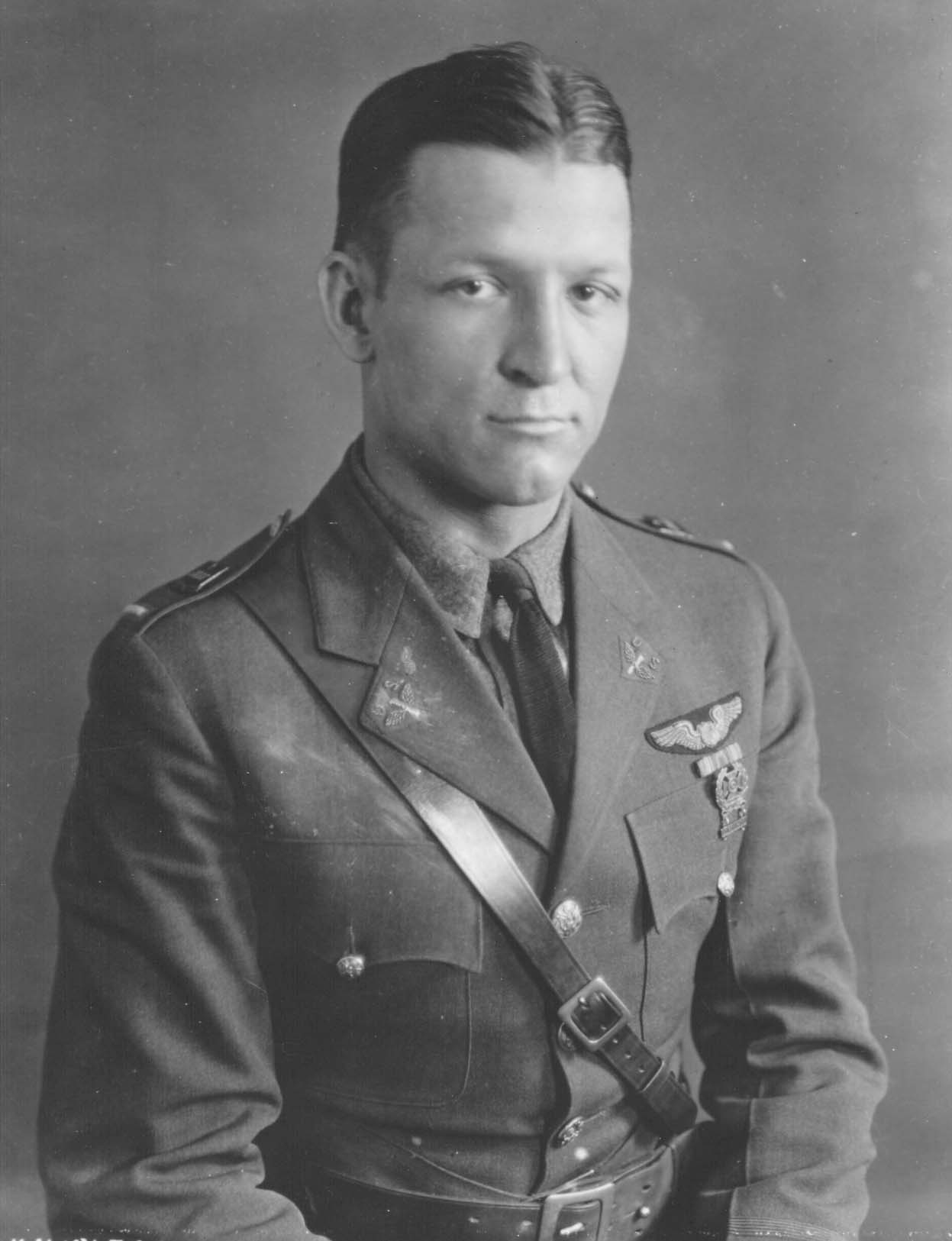
Command and General Staff School, Fort Leavenworth, Kansas, 1935. Promoted to captain, 1 August 1935, then less than three months later, 20 October 1935, to the rank of major (temporary).
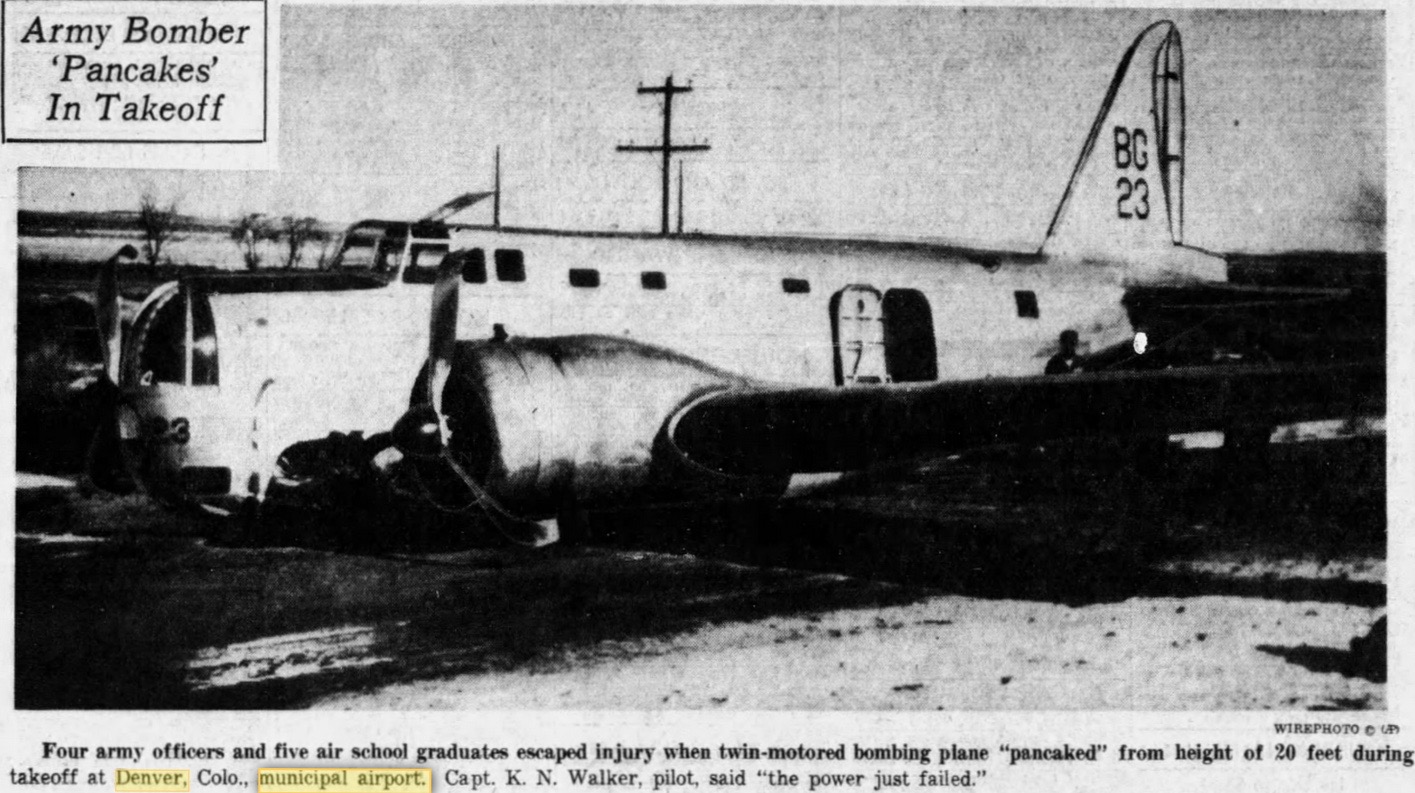
On 23 December 1937, Captain Walker was piloting one of three Douglas B-18 twin-engine bombers which had picked up recent graduates from the Air Corps Technical School at Rantoul, Illinois, and were returning them to Hamilton Field, Novato, California. After a stop at Denver Municipal Airport (now Stapleton International Airport, DEN), Captain Walker’s airplane was the second to takeoff. Just after becoming airborne, the B-18 crashed.
Captain Walker said,
“We were about 20 feet off the ground and going about 80 miles an hour when the ship just seemed to lose power,” he said. “I kicked hard on the left rudder and we swung around at right angles after sliding across that little gully,” indicating a ravine at the roadside.
—The Billings Gazette, Vol.. L., No. 50, Friday, 24 December 1937, Page 2 column 1
The B-18 hit the runway, slid about 200 feet (61 meters) then cut through a fence and came to rest on a roadway between a ravine and railroad tracks. None of the nine men on board ⁴ were injured but the B-18 was seriously damaged. It had flown just 49 hours since new. (49:00 TTSN)
Major Walker commanded the 18th Pursuit Group (Interceptor), Wheeler Field, Territory of Hawaii.
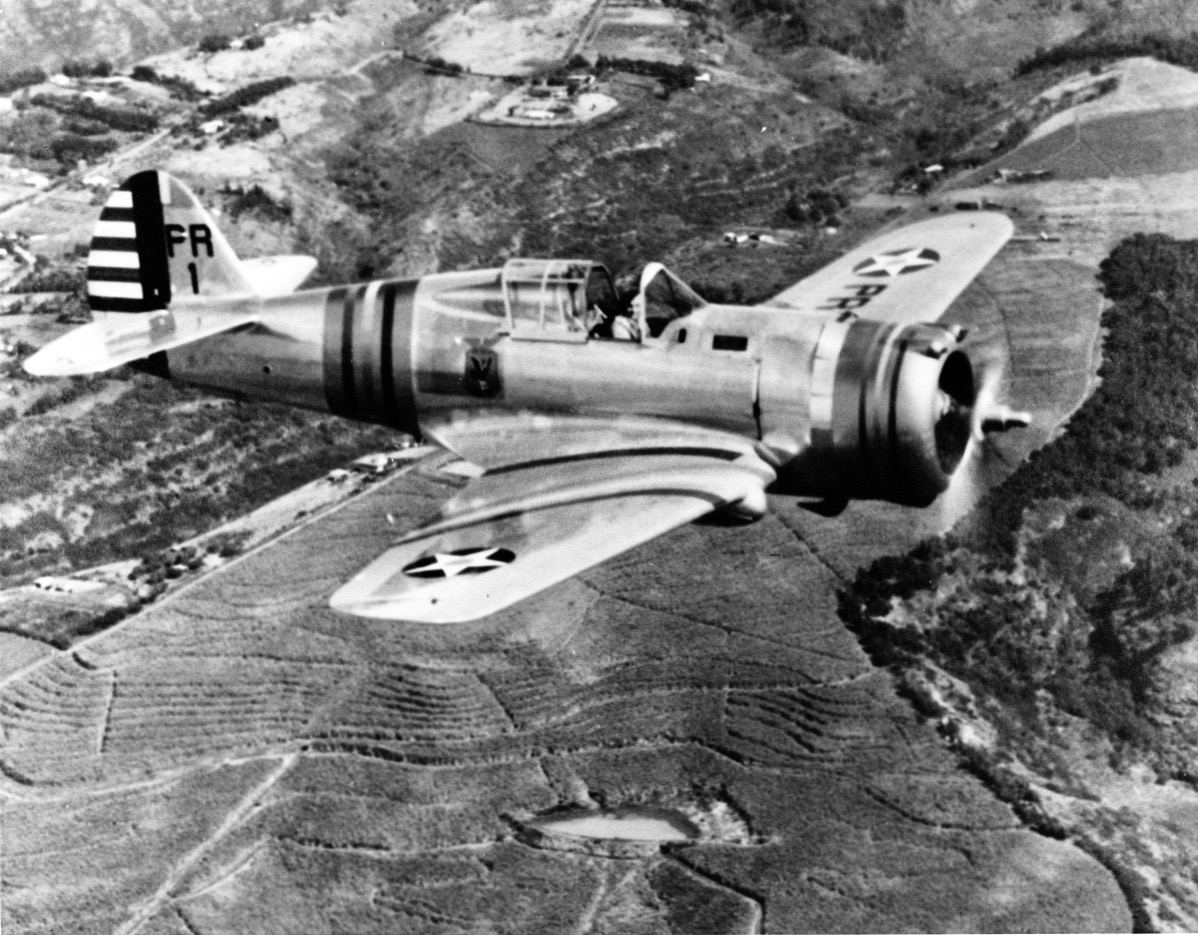
Attended the General Staff School from 10 March 1942 to 1 July 1942. Walker was promoted to the temporary rank of Brigadier General, Army of the United States, on 17 June 1942.
In addition to the Medal of Honor, Brigadier General Kenneth Newton Walker was awarded the Distinguished Service Cross, the Silver Star, the Legion of Merit and the Purple Heart.
General Walker’s remains have not been recovered. There is a cenotaph in his memory is at the Arlington National Cemetery, Arlington, Virginia. His name, along with the other airmen of San Antonio Rose, appears on the Walls of the Missing, Manila American Cemetery, Taguig City, Philippines. In 1948, Roswell Army Air Field was renamed Walker Air Force Base in his honor.
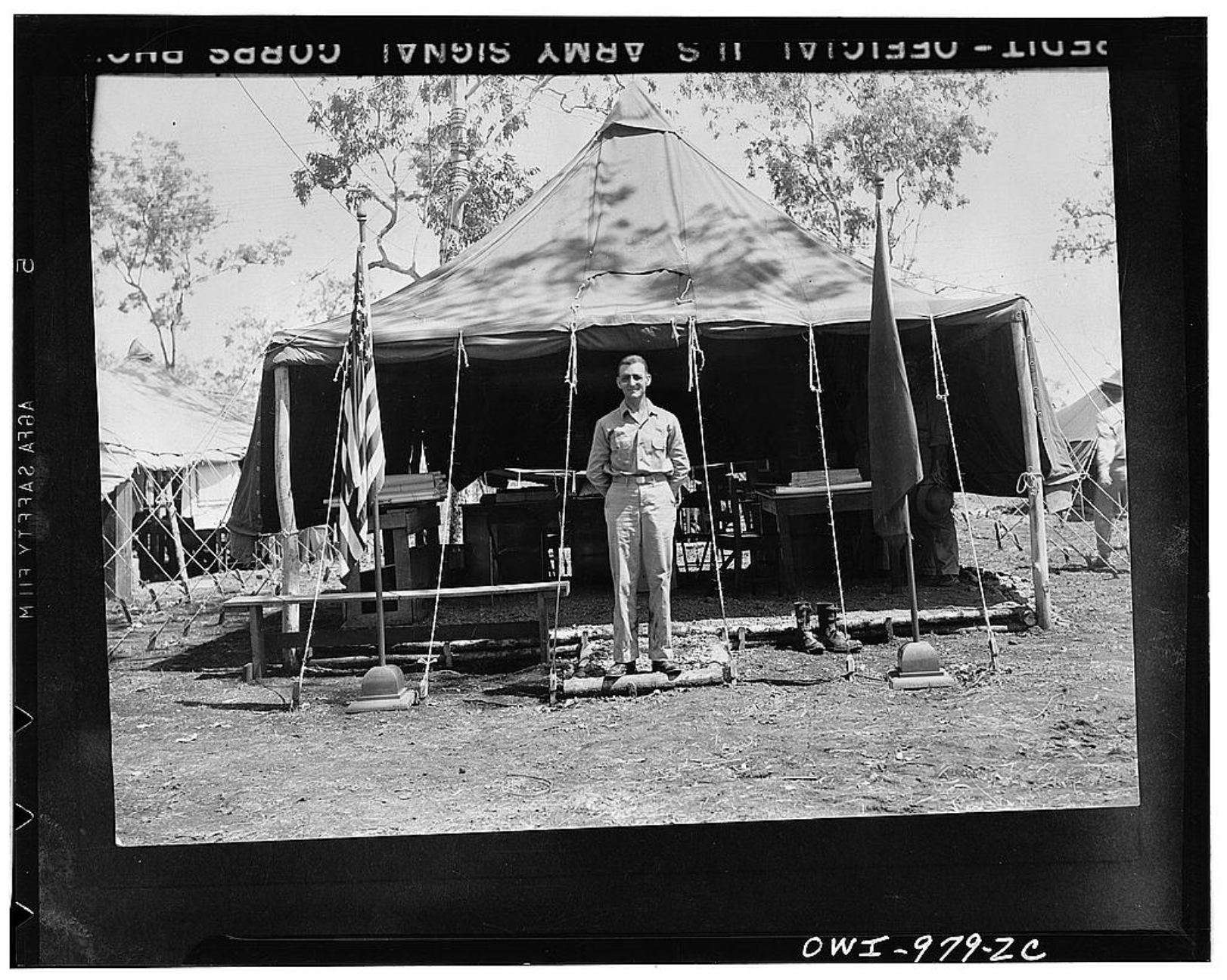

San Antonio Rose was a Boeing B-17F-10-BO Flying Fortress, c/n 3143, Army Air Corps serial number 41-24458. The bomber was built during the summer of 1942, in the same production block with another famous B-17, Memphis Belle (41-24485). It was delivered to the United States Army Air Corps 8 July 1942.
Deep within my heart lies a melody
A song of old San Antone
Where in dreams I live with a memory
Beneath the stars all alone
It was there I found beside the Alamo
Enchantment strange as the blue, up above
A moonlit path that only she would know
Still hears my broken song of love
Moon in all your splendor knows only my heart
Call back my Rose, Rose of San Antone
Lips so sweet and tender like petals fallin’ apart
Speak once again of my love, my own
Broken song, empty words I know
Still live in my heart all alone
For that moonlit pass by the Alamo
And Rose, my Rose of San Antone
—”New San Antonio Rose,” by Bob Wills, 1941
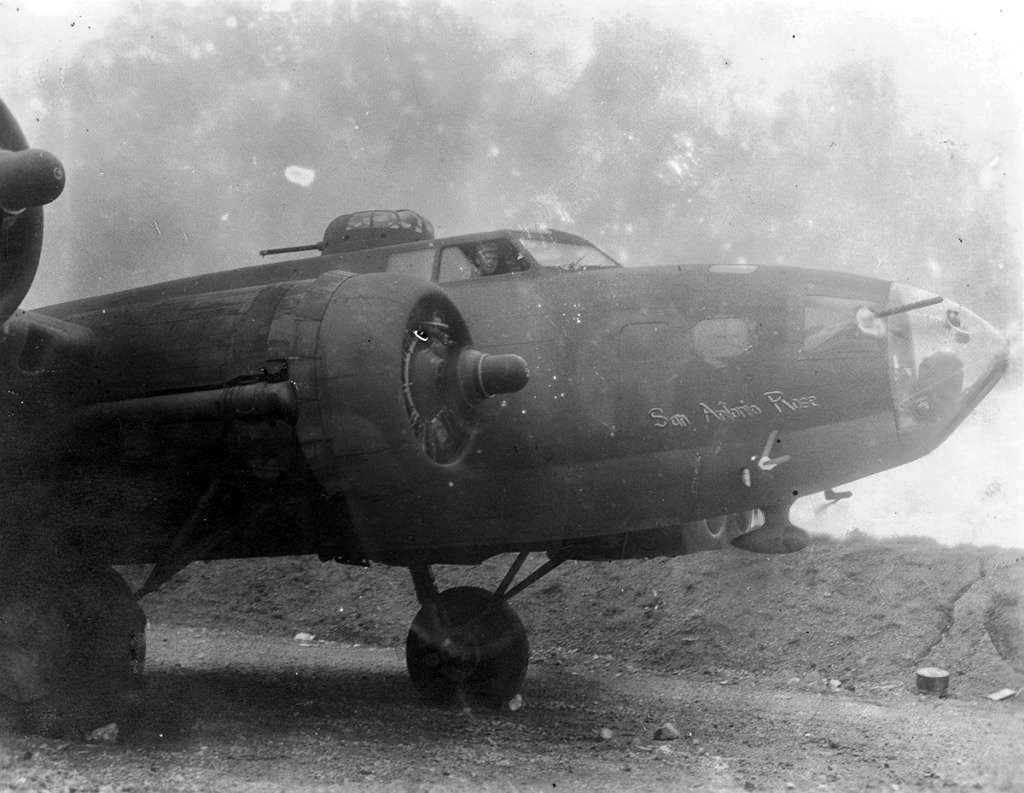
¹ Major Allen Lindberg, Pilot, Aircraft Commander; Captain Benton H. Daniel, Jr., co-pilot; 1st Lieutenant John W. Hanson, Navigator; 2nd Lieutenant Robert L. Hand, Bombardier; Technical Sergeant Dennis T. Craig, Engineer/Top Turret Gunner; Staff Sergeant Quentin W. Blakeley, Radio Operator/Top Gunner; Sergeant Leslie A. Stewart, Gunner; Private 1st Class William G. Fraser, Jr., Gunner; and Private Leland W. Stone, Gunner.
² Postwar analysis found that one ship, the transport Keifuku Maru, 5,833 tones, had been bracketed by two bombs and sank. Another freighter, Kagu Maru, and the Minikaze-class destroyer Tachikaze, were damaged. (Tachikaze had been damaged in an earlier air attack, 27 December 1942, and its commanding officer killed.) On 5 January 1943, the destroyer was alongside Yamabiko Maru, a passenger-cargo steamer which had been converted to a repair ship for the Imperial Japanese Navy.
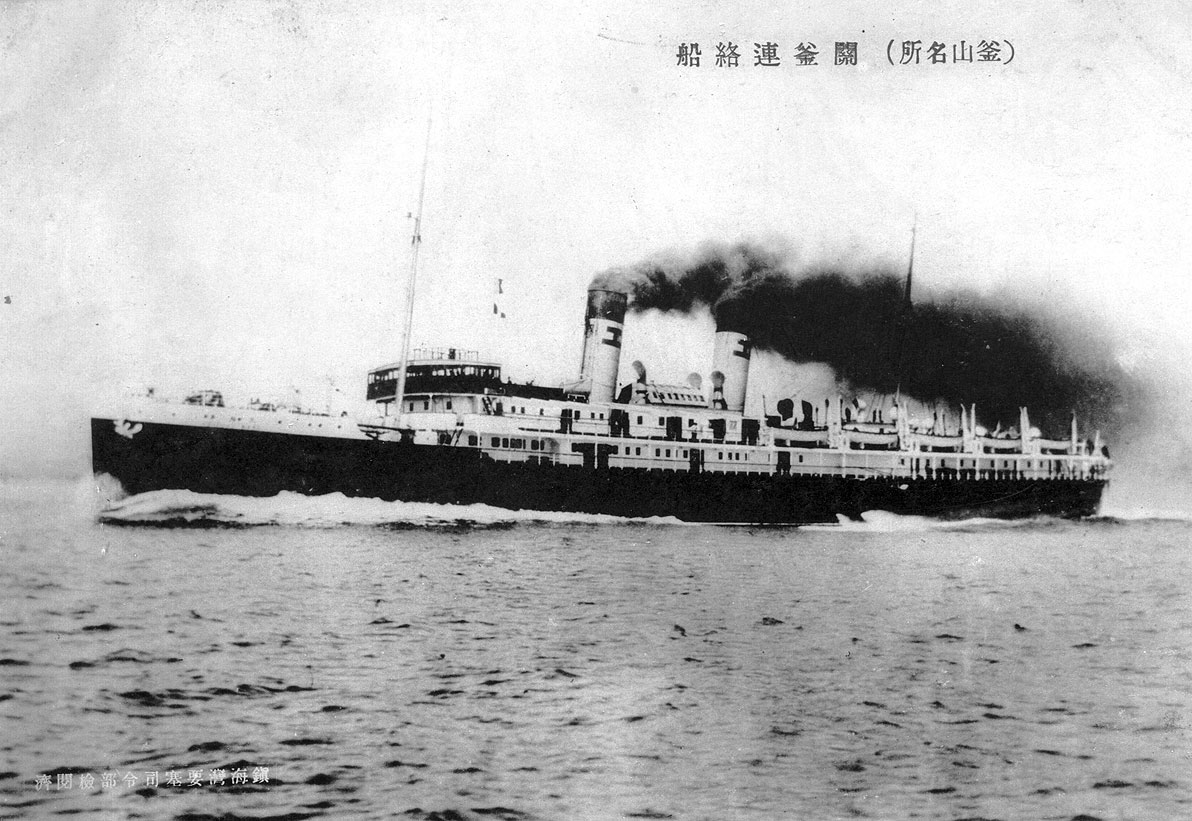
³ It is possible that two airmen, Lieutenant Colonel Bleasdale and Lieutenant Daniel, bailed out of the bomber and were later captured and held as prisoners of war. Neither survived the war, however.
⁴ Captain Walker, pilot; Lieutenant William Capp, co-pilot; Staff Sergeant William J. Oglesby, crew chief; Corporal Burton Vanderwerhen, gunner; with J.D. Rhodes, H.E. Perkins, G.J. Ambrose, J.S. Doherty, and J.S. Chamberlain.
© 2019, Bryan R. Swopes
Dear Mr. Swopes,
As always TDiA is very interesting. Thank you for bringing this daily dose of aviation history.
The picture of the Kaifuku Maru I sent to someone who knows all about ships, because I thought it would interest him. He told me that this two-funneled ship is indeed a Kaifuku Maru, built in 1922, that lasted until 1957. A ferry, built by Dennie, Dunbarton. However, the Kaifuku Maru that was sunk near Rabaul was a freighter, built in 1919. A picture of that ship can be found here: https://www.pacificwrecks.com/ships/maru/keifuku.html
Thanks again for yet another very interesting article on aviation history.
Thank you very much!
. The bomber was built during the summer of 1942, in the same production block with another famous B-17, Memphis Belle (41-24485). It was delivered to the United States Army Air Corps 8 July 1941.
Shouldn’t it be delivered July 1942 if it was built that summer?
Thnks, Eric. I fixed it. 🙂